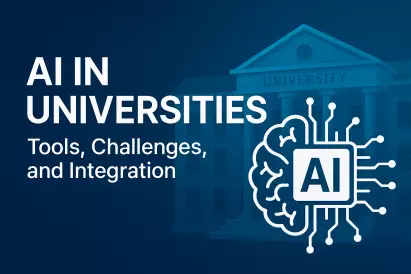Discover how Canada’s master’s degree landscape is transforming in 2025 — from rising STEM demand to hybrid delivery models, internationalization, and accessibility challenges. In this article, we explore the core trends, innovations, and challenges shaping graduate education in Canada for both domestic and international students.
Growing Importance of Master’s Degrees in the Canadian Job Market
In 2025, master’s degrees in Canada continue to play a vital role in preparing the workforce to meet complex labour market demands.
As approximately 60% of job openings require post-secondary education, a postgraduate qualification offers a distinct competitive edge, especially in sectors like finance, technology, and healthcare.
Many of these sectors are closely linked to fields such as financial markets and health economics.
Key Fields and Changing Student Preferences
Students are increasingly gravitating towards STEM fields like cybersecurity, information technology, and data analytics due to the high demand in Canada’s tech-driven job market.
Over 40% of international master’s students selected STEM-related disciplines in 2024, illustrating the alignment between educational paths and market demands. These programs resonate with specialized sectors such as cybersecurity and data analytics, both essential to Canada’s digital development.
Flexible, Interdisciplinary, and Work-Integrated Models
Universities are focusing on offering more interdisciplinary and customizable master’s programs.
These include team-driven projects and work-integrated opportunities that allow students to gain real-world insights.
Practical skillsets like leadership and innovation are sought-after by employers, leading more students towards tracks in innovation and project management and leadership development.
Digital and Hybrid Learning Approaches
Canada’s master’s programs are embracing online, digital, and hybrid delivery methods, appealing to mature students and working professionals.
Online courses enhance accessibility and flexibility, especially for international students. These digital models align with evolving strategies seen in programs like e-business and digital marketing.
Internationalization and Global Student Appeal
Canada remains one of the leading destinations for international master’s students, with over 200,000 enrolled in 2024. Factors such as work visa policies and global degree recognition continue to attract students.
Fields like international management and public administration are particularly appealing due to their transnational relevance and career mobility pathways.
Costs, Scholarships, and Affordability Considerations
Tuition fees for graduate students have risen moderately—up 0.9% annually—reaching around CAD 7,978 for domestic students in 2025/2026. However, international students face higher and widening tuition gaps.
Financial aid, scholarships, and institutional funding continue to play a major role in improving access. Affordability gaps are especially critical in high-demand domains like real estate and wealth management.
Challenges in Relevance, Regulation, and Equity
Master’s programs face ongoing challenges in staying aligned with fast-evolving industry needs, particularly in high-tech and data-driven sectors.
Regulatory complexity, quality assurance, and ensuring equitable access—especially for international and nontraditional students—remain pressing concerns. Regulatory shifts also influence sectors such as oil and gas management and corporate finance, where policy impacts can shift enrolment and program structure.
Innovation and Long-Term Opportunities
Innovative instructional techniques—like agile curricula, experiential learning, and interdisciplinary collaboration—are being integrated across programs. Hybrid education formats and policy reforms are expanding access and lifelong learning pathways.
These advancements benefit both graduates and employers by creating a more adaptable, skilled workforce prepared for economic transformation.
Sectors like sustainable development and entrepreneurship particularly benefit from this dynamic educational landscape.



